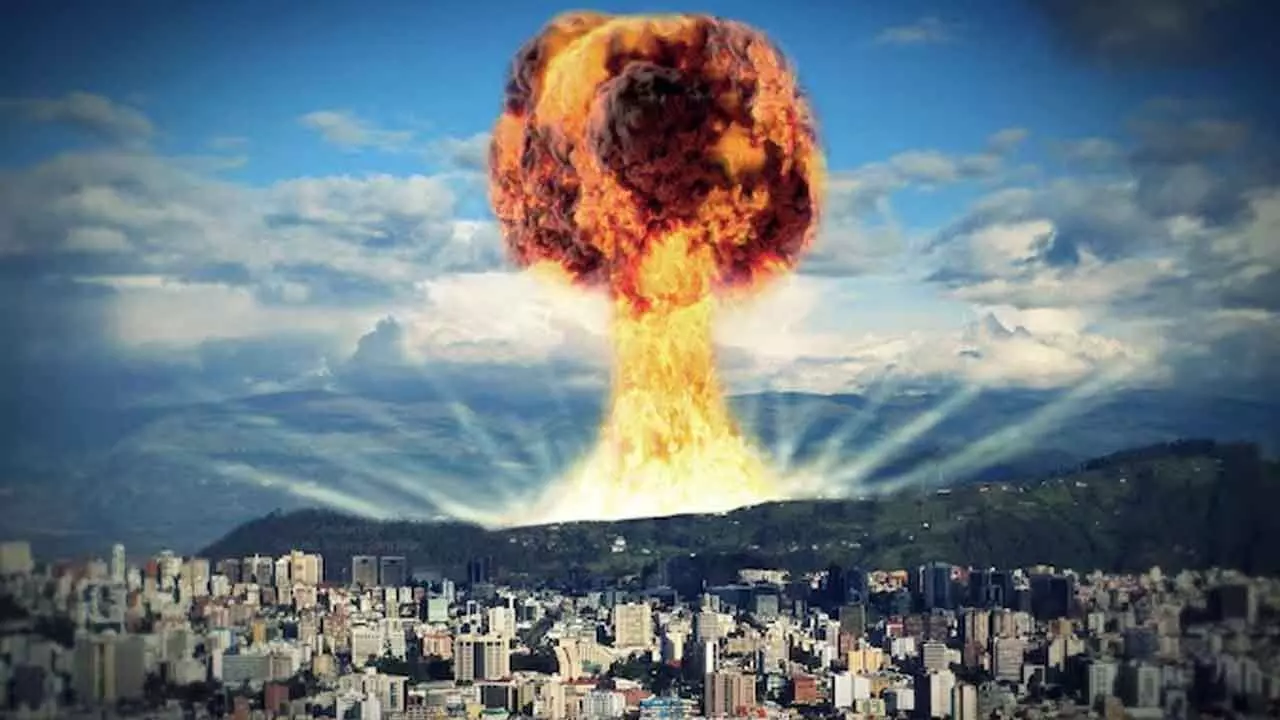80th Anniversary of Hiroshima: Survivors, Memories & Forgotten Details
80 years after Hiroshima and Nagasaki, explore hidden truths about the bombings, survivors, and the resilience of life at Ground Zero.
Hiroshima and Nagasaki at 80: Shocking Facts You Didn’t Know

80 Years Since Hiroshima: Unveiling Forgotten Truths of Ground Zero ☢️
Hiroshima, August 6, 2025 — Eighty years ago today, the world witnessed the first use of nuclear weapons in war, when the United States dropped an atomic bomb, codenamed “Little Boy”, on the Japanese city of Hiroshima. The blast, at 8:15 am local time, killed between 70,000 and 140,000 people instantly, with many more succumbing to injuries and radiation in the following months.
Just three days later, on August 9, 1945, a second bomb — “Fat Man” — was dropped on Nagasaki, killing 40,000 to 75,000 people. These bombings forced Japan to surrender, bringing World War II to an end.
Hiroshima Day: A Global Reminder 🌍
Observed annually on August 6, Hiroshima Day serves as a stark reminder of the devastating humanitarian cost of nuclear warfare. While the bombings ended the war, their shadows continue to loom large — in history, in health, and in global disarmament debates.
The Bombs That Changed History 💥
♦ Little Boy: Uranium-powered, unleashed heat up to 4,000°C (7,200°F).
♦ Fat Man: Plutonium-powered, carried explosive force equivalent to 21 kilotons of TNT.
The destruction was staggering: nearly 70% of Hiroshima was reduced to rubble, while 44% of Nagasaki was destroyed.
The Human Cost 👥
By August 2024, Japan had officially recognized 344,306 deaths in Hiroshima and 198,785 in Nagasaki, including victims of radiation-related illnesses. Survivors, known as hibakusha (literally “bomb-affected people”), endured long-term health issues such as cancer and leukemia.
But their suffering extended beyond health. Many hibakusha faced social stigma — shunned in workplaces, schools, and even marriage — due to unfounded fears that radiation exposure could affect future generations.
Why Hiroshima and Nagasaki? 🎯
The targets were chosen for their military and industrial significance. Hiroshima, a major supply base and army headquarters, was surrounded by mountains that could concentrate the bomb’s destructive power.
Nagasaki was not the first choice — cities like Kyoto and Kokura were considered. Kyoto was spared reportedly due to its cultural value, and some say Secretary of War Henry Stimson had personal ties to the city, including spending his honeymoon there.
Signs of Life After the Apocalypse 🌱
Despite predictions that Ground Zero would remain lifeless, nature proved resilient. By spring 1946, oleanders bloomed, and camphor trees sprouted new growth, offering survivors a glimmer of hope amidst devastation.

